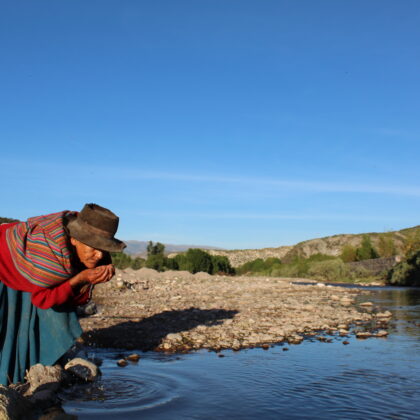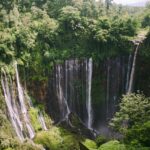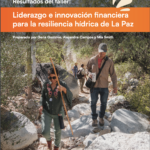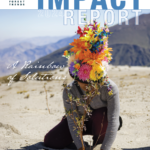Forest Trends’ Water Initiative designs, implements, and brings to scale effective investments in ecosystems that support clean, safe water for people and nature.
We work to scale investments in natural infrastructure to safeguard water supplies, increase climate resilience, and support thriving communities.
The world faces a growing crisis of water insecurity as warming temperatures, increasingly frequent and severe drought, more uncertain rainfall patterns, and extreme storm events disrupt peoples’ lives and livelihoods. We can no longer rely on past conditions as a guide to how water systems will respond under a future climate, as well as climate shifts that are already here.
Nature-based solutions are cost-effective, flexible, and inherently adaptable in ways that traditional ‘gray’ infrastructure is not. A secure water future will require infrastructure with “nature’s resilience”: the ability to persist, adapt, and transform in ways that allow people and nature to continue to thrive in the face of disruption and change.
By embracing a reimagined infrastructure that prioritizes protection of vulnerable ecosystems, communities have a path to a more holistic management of water resources that can help ensure safe drinking water, mitigate water-related hazards, and maintain adequate supplies in an era of increasing variability and uncertainty.
Our Approach
We work on global water issues but have a strong a regional focus on Latin America and particularly in Peru, through our Natural Infrastructure for Water Security project. We focus on three “pillars” necessary for getting to the scale that is needed to impact water and climate security:
1) Mobilized Investments for Projects
With local partners we design and implement project portfolios by mobilizing both public and private finance mechanisms and incentives. This includes lessons on a diversity of funding mechanisms from a portfolio of demonstration projects in six countries, and mobilizing funds for public investment projects in Peru.
2) Improved Enabling Conditions for Adoption
We work to identify and strengthen replicable and scalable enabling conditions through research and analysis on the current state of NBS investments; capturing learnings from demonstration projects and Incubating programs; convening diverse, cross-sectoral stakeholders to share lessons and models; synthesizing knowledge and best practices from the global community of practice; and designing and delivering practical, client-driven capacity building trainings.
3) Strengthened Information and Tools for Decision-making
Better information and robust yet practical tools for assessing, planning, designing, implementing, and monitoring NBS are essential for enabling broader uptake by a variety of practitioners. These include economic analyses for comparing cost-effectiveness of NBS compared to traditional gray infrastructure, frameworks for integrating natural infrastructure into asset management programs, rapid assessment tools for identifying and prioritizing opportunities for NBS, principles and guidance for best practice NBS, and methods for estimating the performance of NBS interventions.





